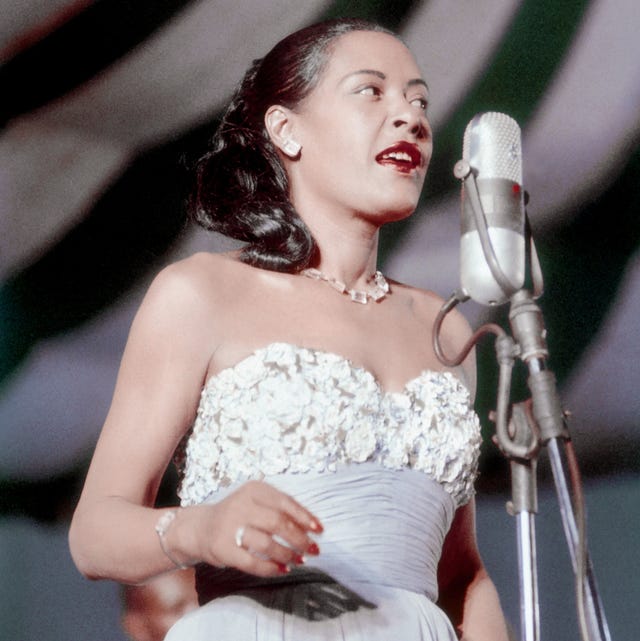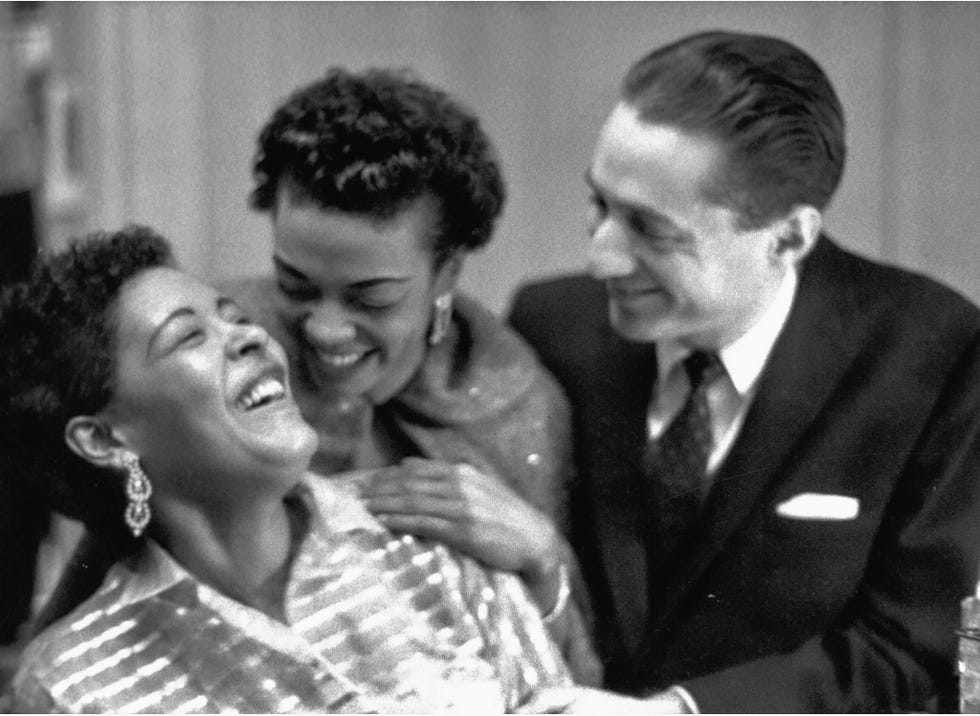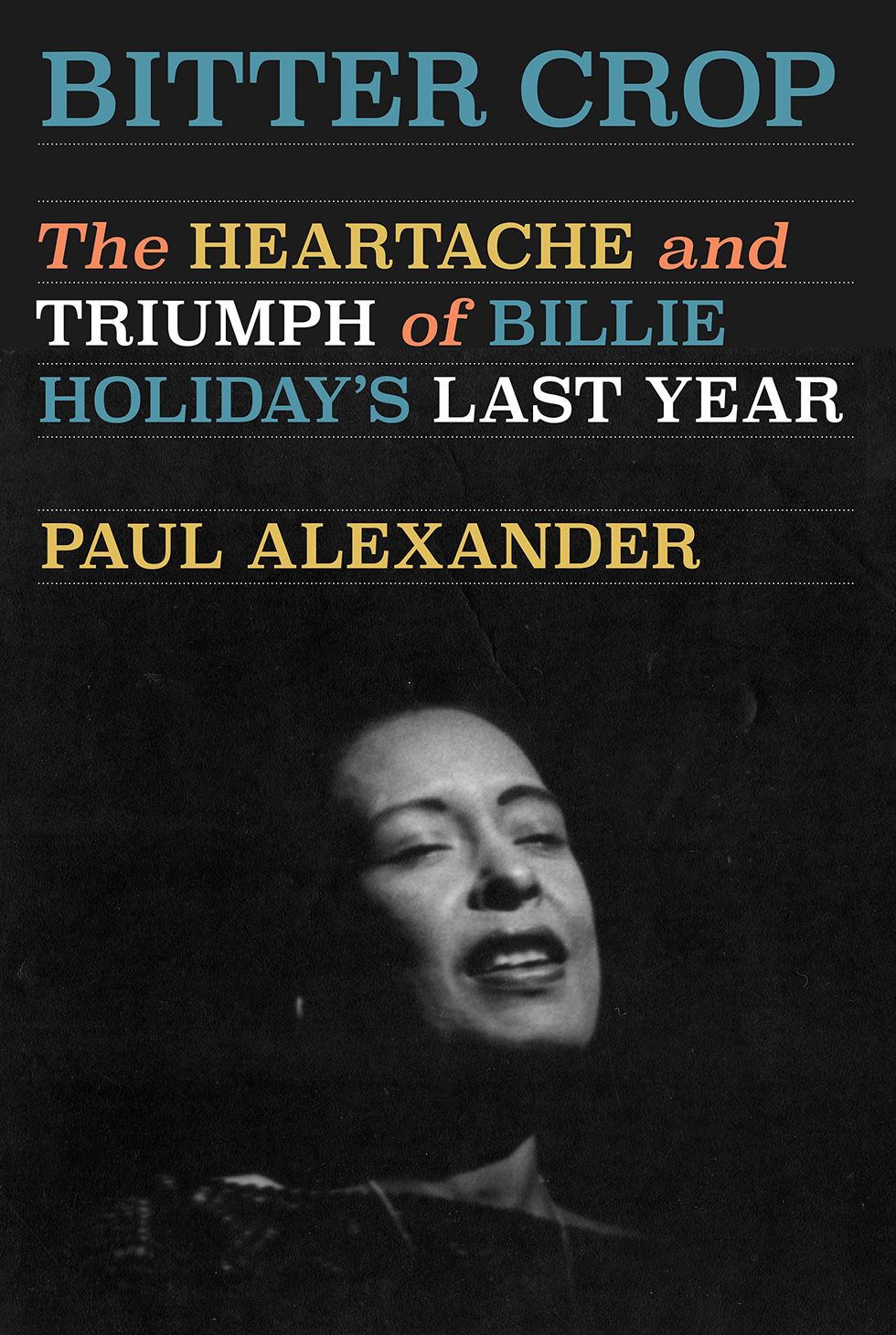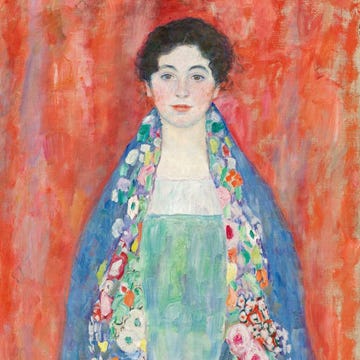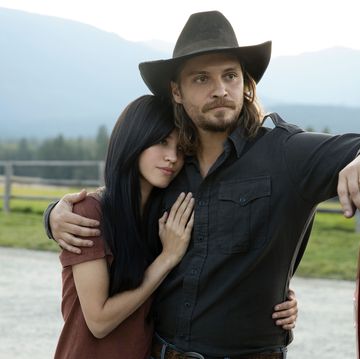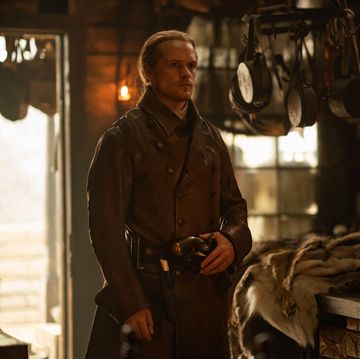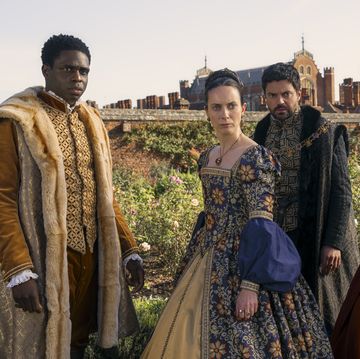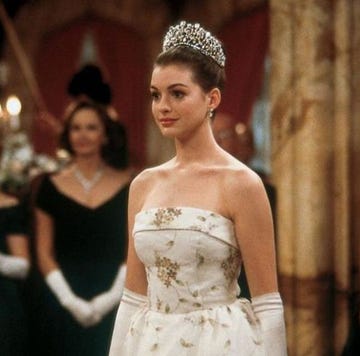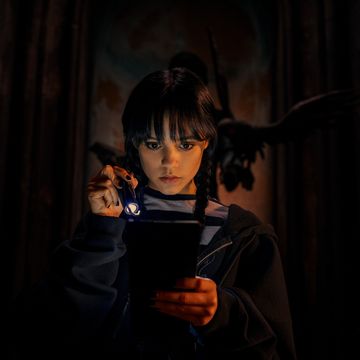Since Billie Holiday's death in 1959, an image of her has emerged based mainly on the movies Lady Sings the Blues and The United States versus Billie Holiday. In these depictions of her, she is an in-the-gutter heroin addict who is so helpless she must be rescued from herself by the men in her life. In the end, she is a failure who died estranged from her last husband, strung out, and penniless.
Over the years, I assumed the portrayal of Holiday as a powerless victim was true. However, when I started researching Bitter Crop: The Heartache and Triumph of Billie Holiday’s Last Year, I was shocked to learn there was an entirely different version of Holiday to be discovered.
In this “new” version I was unearthing, Holiday did not consider herself a failure at all. In my book, I quote a friend of hers as saying, “What she really felt, the Rosebud to understanding her, was that her life was a triumph.” And it was a triumph.
For years, Holiday was a vital force in the entertainment industry. She worked with some of the most prominent members of her generation. She fraternized with socialites, fellow artists, and titans in the political and show business communities. She enjoyed such success because, like other notable figures of her time—Marlene Dietrich, Greta Garbo, Howard Hughes—she was a persona of her own creation. And in that version of her life, often splashed across the pages of newspapers and magazines, she was a beautiful, elegant woman, always clad in evening attire whether she was playing Carnegie Hall or a local nightclub, who became a singular figure in the world of popular music.
That was her professional life. Her private life was just as rewarding primarily because it was enriched by friendships that gave her emotional sustenance when her romantic involvements with violent men collapsed (as they always did). In the mid-1940s, she formed a friendship with Elizabeth Hardwick, the novelist and literary critic, that was so intense Hardwick later made her a character in her novel Sleepless Nights. When Holiday began her rise to fame in Harlem, she met Hazel Scott (their mothers were friends first), who would go on to become a virtuoso pianist whose career Holiday championed in part by recommending her to headline at Café Society. Another close friend was Leonard Feather, who originally wrote about Holiday in an early profile before he later produced her successful 1954 European tour and presented her in numerous additional events.
A never-before-seen photograph of Holiday with Scott and Feather, which is included in my book (and shown here), captures the love she felt for her friends. Holiday leans back in laugher as Scott, smiling warmly, embraces her and Feather fondly looks on. Another unpublished photograph included in my book (also shown here) captures Holiday posing for the camera as she is admired devotedly by Tony Scott, the iconoclastic clarinetist who maintained a yearslong friendship with her. It was Scott, at the end of her life when Holiday could not finish her final appearance before an audience in May 1959, who stood in the wings as she abruptly left the stage and collapsed into his arms.
These newly revealed photographs show the real Billie Holiday, not a victim or a failure but a joyful woman who, with the support of her friends, was able to triumph over the tribulations of her life to become a consummate musical artist and, ultimately, an American icon.
Paul Alexander has published eight books, among them Rough Magic, a biography of Sylvia Plath, and Salinger, a biography of J.D. Salinger that was the basis of a documentary that appeared on American Masters on PBS, Netflix, and HBO. His journalism and commentary have been published in numerous magazines and newspapers, among them The New York Times, The Los Angeles Times, The Boston Globe, Newsday, New York, The Guardian, The Nation, The Washington Post, and Rolling Stone. He teaches at Hunter College. Photo by Michael Lionstar.
